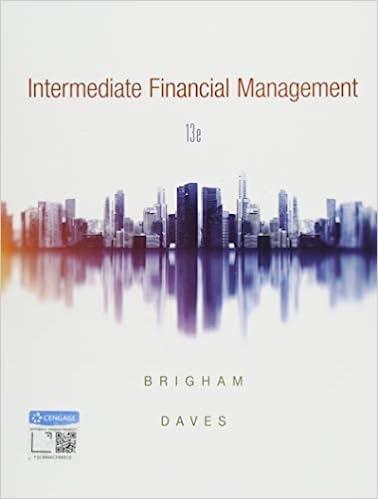Part B: Financial Planning - Pro Forma Statements 1. Using the financial statements for 2009 as your 'base', assume that Luxio's sales are 20\% higher for 2010. Use this projection to prepare the pro forma statements following the requirements listed below. Assume the change in sales is permanent. 2. For the Income Statement: - Cost of Goods Sold rate is expected to remain constant: - 'Depreciation' and 'Interest paid' expenses are expected not to change: - The Tax rate is expected to decrease to 32%; and - Management is expected to increase the amount of dividends paid by 5% (therefore, the Dividend payout rate will increase by 5% ). 3. For the Balance Sheet: - 'Current assets' change in direct proportion to sales: - 'Fixed assets' are being operated at 100% of capacity; - 'Accounts payable' changes in direct proportion to sales; - 'Notes payable' and 'Other' current liabilities do not change: - 'Common stock' remains unchanged; and - Use 'Long-term debt' as the plug variable. 4. Determine the amount of External Financing Needed (EFN) under the pro forma assumptions. Detail how this external financing is distributed. 1. Assume Luxio has 1000 shares of common stock outstanding, and the market price of the shares at the end of 2009 was $45. Also assume that the share price and number of outstanding shares does not change. 2. Using the exact formulas found in the textbook, compute all the ratios listed in Appendix A for 2008, 2009, and 2010 (write n/a where you don't have enough information for a specific year). Place all your answers in the format found in Appendix A (attached). 3. Based entirely on your ratio analysis explain in detail the strengths and weaknesses of the company to a potential common equity investor. Summarize by making recommendations to the firm. Part D: Investment Decisions Now consider that Luxio has identified the following two mutually exclusive projects: 1. What is the IRR for each of these projects? Based on IRR decision rule, which project should the company accept? 2. If the required return is 11%, what is the NPV for each of these projects? Based on the NPV decision rule, which project should the company accept? 3. Over what range of discount rates would the company choose project A? At what discount rate would the company be indifferent between these two projects? Explain. Short-term solvency ratios Current ratio Return on assets Quick ratio Market value ratios - Cash ratio Asset utilization ratios - Pnce-earnings ratio - Dividonds per share - Market to book ratio fotal assot turnovor Inventory furnovor - Recervabies tumover Long-Term solvency ratios - Dobt-equily ratios. Times interest eamed ratio Cash coverage ratio LUXIO GOLF CORP. 2009 Income Statement Sales Cost of Goods Sold Depreciation Eamngs Before Interest \& Tax Interest Paid Taxable Income Taxes (35%) Net Incone Dividends Addition to Retaned Eaming: 13,72195 LUXIO GOLF CORP













